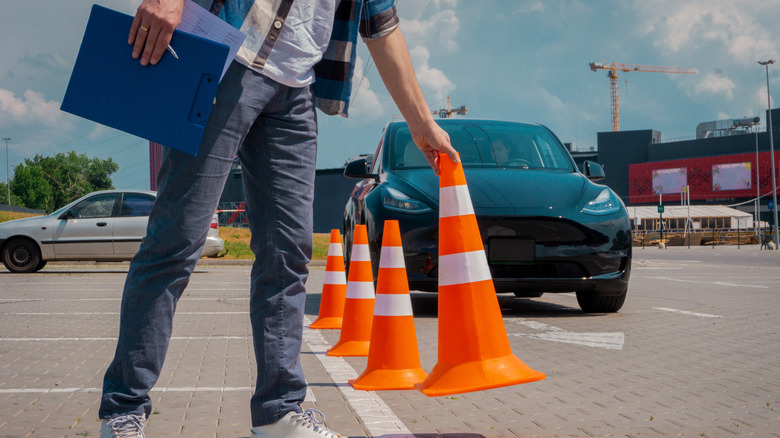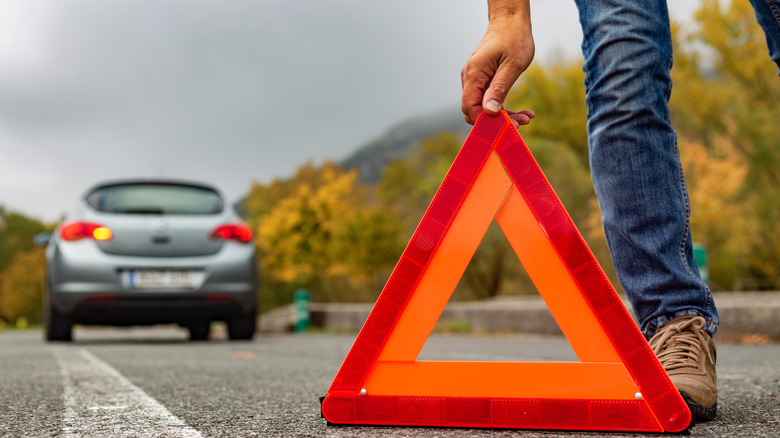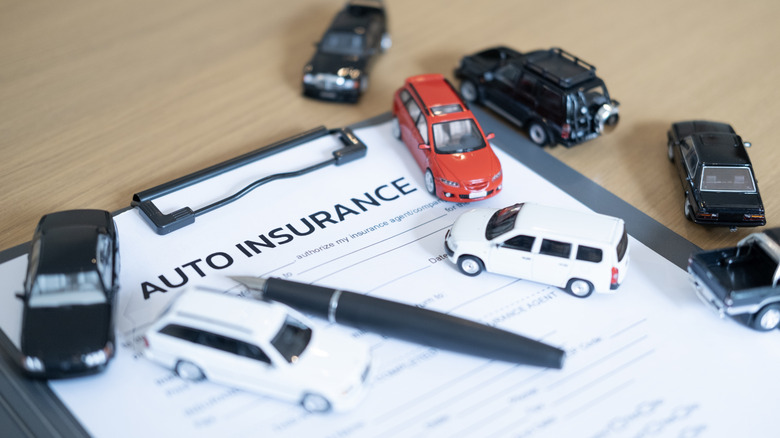 Nataliya Dmytrenko/Getty Images
Nataliya Dmytrenko/Getty Images
Getting a driver's license is no longer a priority for teens, but having the ability to drive wherever you want opens up an entirely new sphere of life. Although driving school teaches us a great deal about how we should act behind the wheel, it does not teach us everything we need to know to be better drivers. Here are five things you didn't learn in driving school – but definitely should have.
Dealing with road rage and being courteous are two very important lessons you need to learn when starting. Real-world traffic is unpredictable and often stressful, and it can easily push drivers into making mistakes. Handling car breakdowns safely is also a big part of being a driver, as is knowing practical car maintenance that can help you avoid sudden breakdowns and expensive repairs.
Even more important is to fully understand how weather affects a car's behavior and what it means to drive on different slippery surfaces. Lastly, it's also vital to understand the insurance aspects of driving a car, what it means to your safety and finances, and how to deal with them responsibly.
1. The psychological aspect of driving
 Isims/Getty Images
Isims/Getty Images
While driving, you are part of a loosely orchestrated system of movement, where predictability, anticipation, and calmness keep everyone safe. Eventually, you're going to get frustrated and may even experience road rage. Staying calm, cool, and indifferent to road rage is more a learned behavior than an inherent trait — but one you must master.
According to AAA, as many as 96% of drivers engaged in aggressive driving or road rage behaviors at least once in the previous year. Aggressive driving is one of the few common mistakes that even experienced drivers make, so it is important to learn how to control emotions and act responsibly from the start.
This also extends to reading other traffic participants. Being able to notice subtle lane drifts, assertive merging, distracted driving, or unaware cyclists and pedestrians can save lives. When you are a teen, it's crucial to set courteous and safe habits from the get-go, because habits formed early are much easier to maintain than trying to fix bad ones later.
2. Handling car breakdowns safely
 Jose Gonzalez Buenaposada/Getty Images
Jose Gonzalez Buenaposada/Getty Images
Although learning how to handle a breakdown is sometimes taught in driving schools, it's rarely ever more than just "turn on your hazards" and "call for help." For example, knowing the difference between a dead battery and a faulty alternator — two of the most common reasons a car won't start — can save you from paying huge amounts of money for a tow truck because it allows you to jump start a battery.
Knowing how to secure your car, alert other drivers, decide when it's safe to exit in traffic, or determine whether to move the car or call for professional help can all be invaluable in certain situations. For instance, breaking down in the middle of a parking lot is very different from breaking down on a busy highway without direct access to a shoulder.
In high-speed traffic breakdowns, clear judgment and a set of clear rules can prevent tragedies and prevent the worst from happening. Therefore, knowing how to properly position your car, use signal flares, use a flashlight, and place reflective triangles 10 or 100 feet away is a must.
3. Practical car maintenance
 Urbazon/Getty Images
Urbazon/Getty Images
A car requires maintenance, and without it, it may even spiral into a financial nightmare. This is one aspect where traditional driving schools lack depth and substance. According to a Michelin survey, 57% of driving teens don't know how to change windshield wipers, and 55% don't know the proper tire inflation level.
Being knowledgeable and informed enough to monitor tire pressure, check fluid levels, and use an OBD-II reader are some of the most important DIY car maintenance tips and tricks that could save you from having to take your car to the mechanic. Moreover, knowing how to change a car headlight bulb means a two-minute roadside fix.
If you don't know how to do it and it's nighttime, you may be forced to call roadside assistance and end up paying hundreds of dollars. You should also be able to tell how your car works and whether a specific noise indicates an imminent breakdown or just a minor issue that can wait until the next service. The key here is to be proactiveand learn what your car needs, when it needs it, and how to best deliver it.
4. Basics of car handling and technology
 Alex Potemkin/Getty Images
Alex Potemkin/Getty Images
Even though terms such as weight transfer under load, wet lanes, and dry lanes are reserved for the track, there are important lessons to be learned from driving in adverse conditions. These lessons go beyond what a traditional driving school teaches you. For instance, understanding how your car navigates ice, snow, mud, wet leaves, greasy roads, smooth asphalt, and rough surfaces before you encounter them is crucial.
Moreover, knowing what hydroplaning is and what you should do when it happens can prevent tragedies. Driving can also often be extremely unpredictable, and you never know what's around the next corner. If a deer jumps out right in front of you, you don't have the time to think; you must act, and knowing how a car's weight transfers under braking or during sharp turns can help avoid a serious accident.
This is also where ABS, ESC, adaptive cruise control, lane keep assist, stability control, and collision prevention systems come in. Most people learn these by trying them out after obtaining a license, which means that they may not be able to react accordingly right after passing the test.
5. The bureaucracy of driving
 Phiwath Jittamas/Getty Images
Phiwath Jittamas/Getty Images
In order to participate in road traffic safely and legally, you need insurance, and knowing how to deal with insurance is not often taught in depth. This includes knowing what to do in the event of an accident, how to document it properly, how to file a claim, how to communicate with your insurer, and what to say and not to say to avoid liability and tell the truth. Knowing why you should avoid cheap insurance and what constitutes a decent policy from a bare minimum is also very important.
A 2022 report by Insurify stated that as many as 96% of Americans misunderstood at least one key aspect of their insurance policy. 78% of Americans also believe that "comprehensive coverage" will pay for damages even if they were the ones to cause them. It's better not to learn from your own mistakes, especially when it comes to insurance. Make sure you know what to do if an incident ever occurs.

